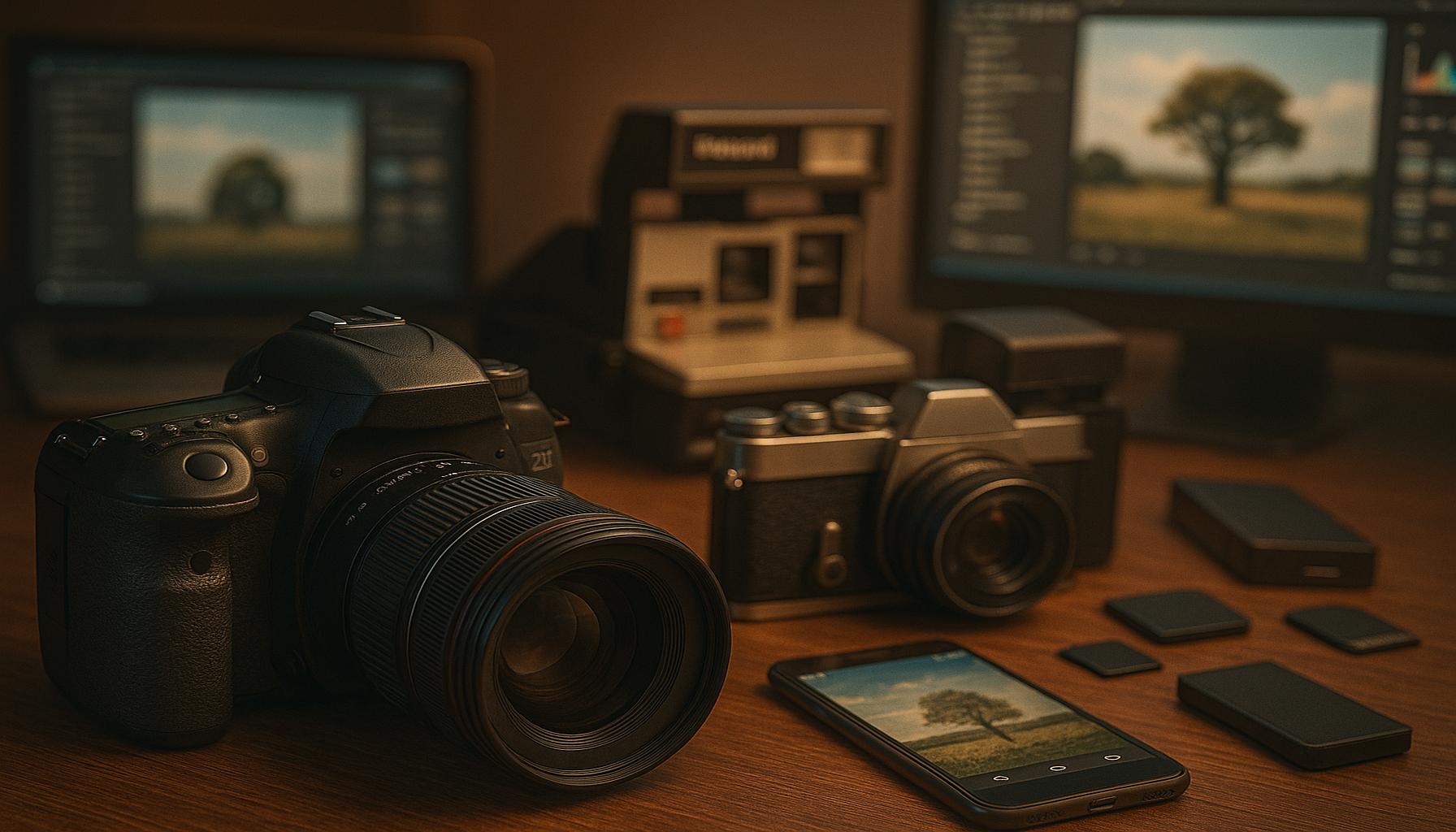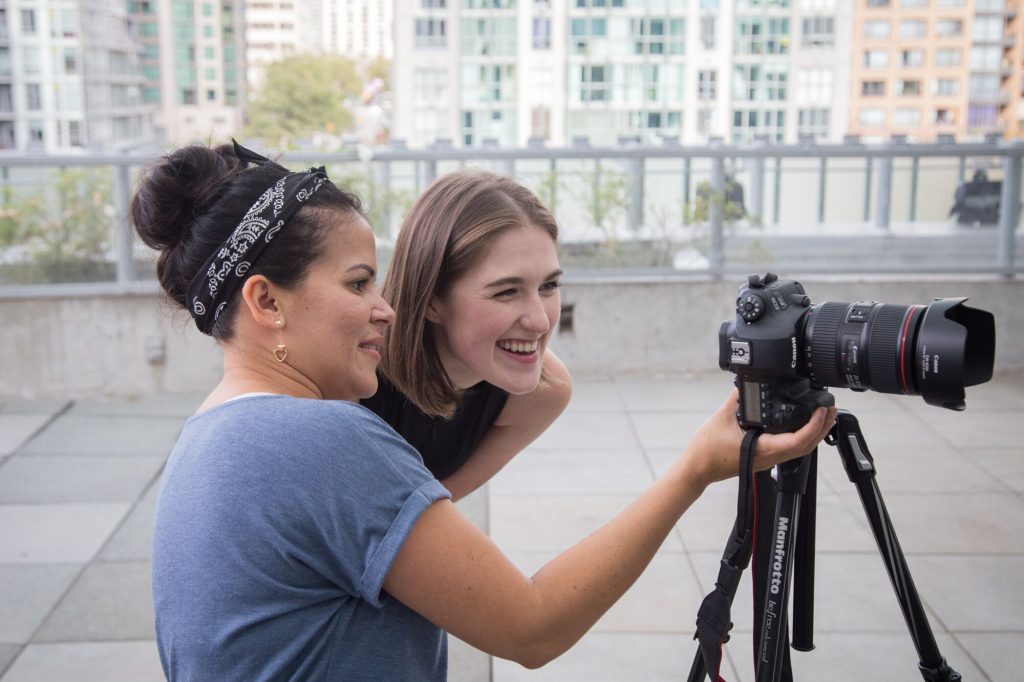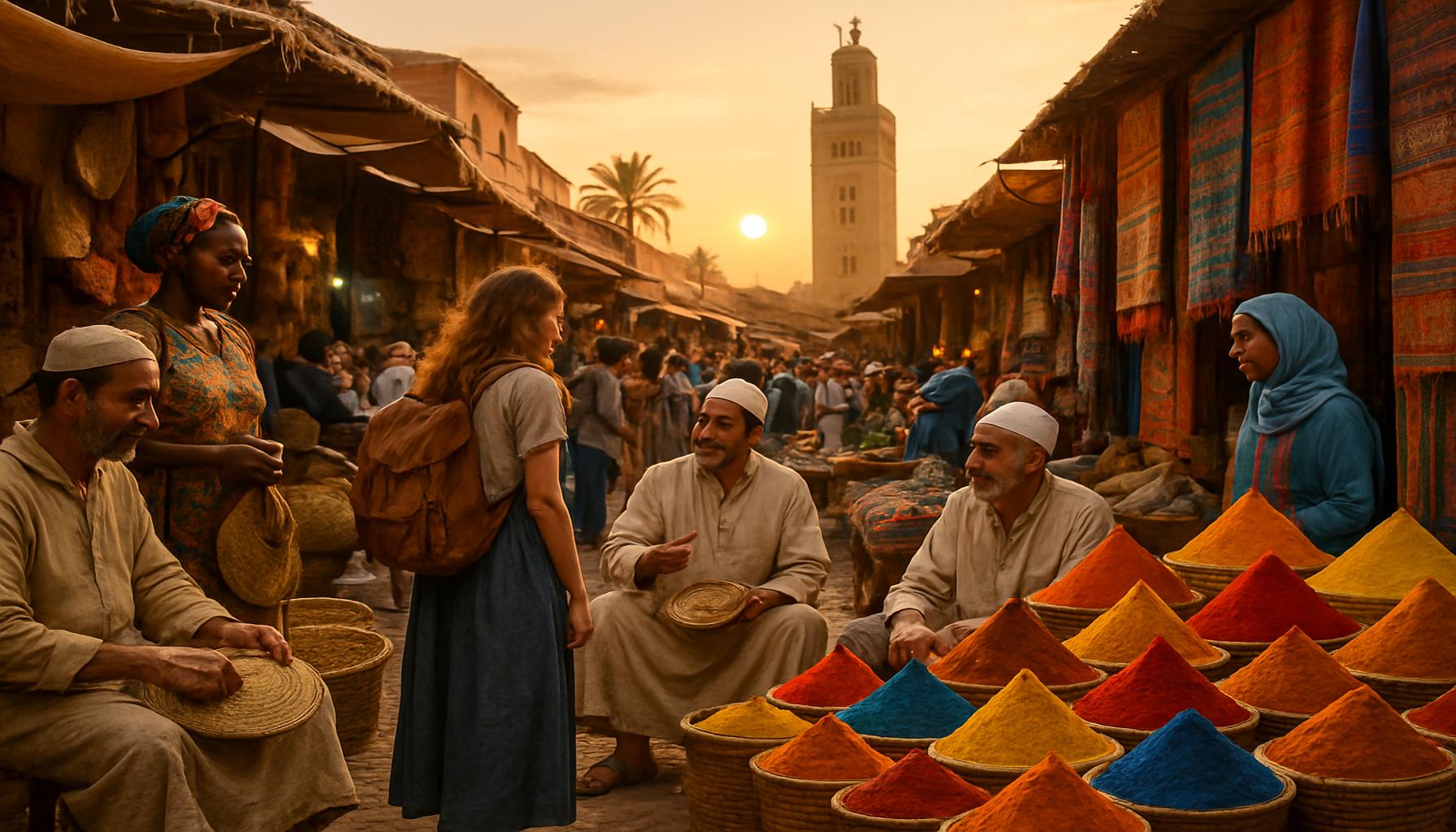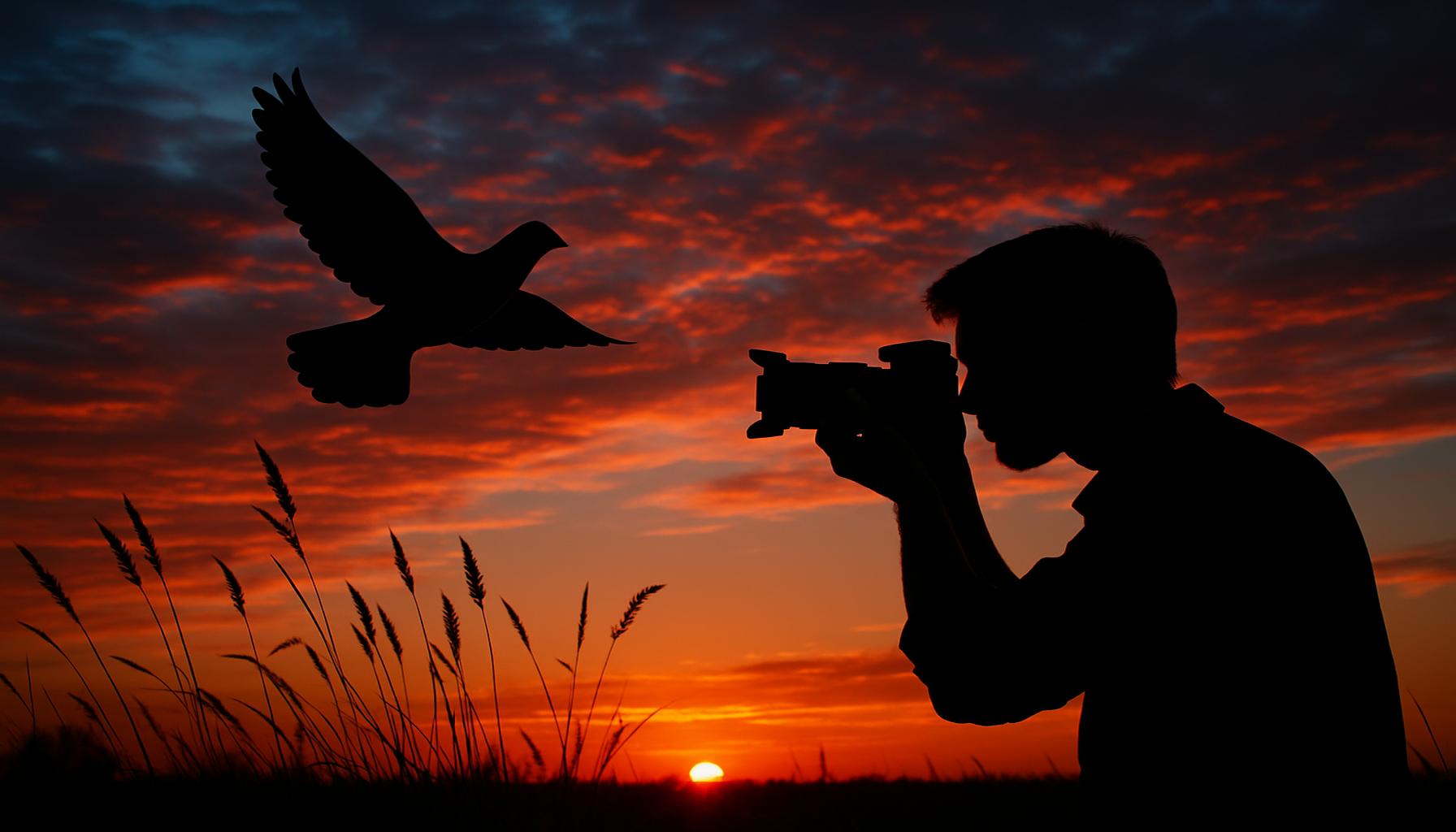The evolution of digital photography: How technology transformed the art of capturing images

The Impact of Digital Photography on Visual Storytelling
In the era of modern visual storytelling, digital photography has transformed the landscape of image capture and sharing. Where once photographers had to wait anxiously for film to develop, today’s digital platforms provide instant gratification, fostering a culture of immediacy. This profound shift in the photographic experience has empowered individuals across the globe to express their creativity with just a few clicks, enabling anyone from casual hobbyists to seasoned professionals to create visually stunning images.
The remarkable evolution of photography can be traced back to a few groundbreaking technological advancements that have changed the way we generate and perceive images. Among these, one of the most significant is the transition to digital sensors. Unlike traditional film, digital sensors can capture images in a way that preserves greater detail and color accuracy, resulting in photographs that are not only vibrant but also rich in texture. The introduction of digital cameras in the late 1990s made these tools much more accessible; no longer were users bound to the confines of darkroom processing. Today, digital sensors come in a variety of sizes and types, from compact cameras to professional DSLRs and mirrorless systems, each catering to different needs and budgets.
Another pivotal breakthrough comes from editing software that has reshaped the creative process. With tools like Adobe Photoshop and Lightroom, photographers can now manipulate photos in ways that were once unimaginable. Whether it’s correcting exposure, enhancing colors, or applying complex filters, editing software has opened new avenues for storytelling and artistic expression. This ability to refine images ensures that photographers can present their vision in a polished manner, bridging the gap between their imagination and the final product.
The rise of smartphone integration represents another major shift in photography’s evolution. High-quality cameras embedded within smartphones democratize the art form, allowing nearly everyone to capture and share moments effortlessly through platforms like Instagram and Snapchat. For instance, recent data shows that over 80% of photographs shared on social media come from smartphones. This surge not only signifies a shift in capturing life’s moments but has also altered our collective visual culture, placing the power of storytelling into the hands of everyday users.
Collectively, these innovations have not only improved the quality of images shared globally but have also elevated photography to a fundamental medium of communication. In the fields of social media, journalism, and marketing, photography plays a crucial role in conveying messages and evoking emotions. As we delve deeper into the evolution of digital photography, we will uncover how each transformative leap has influenced public perspective and creativity. From the early digital cameras that paved the way to today’s sophisticated mirrorless systems, each advancement in technology contributes to an ever-evolving tapestry of visual culture that continues to inspire and engage audiences worldwide.

DISCOVER MORE: Click here to learn about sustainable sculptures
Revolutionizing Image Capture: The Transition from Film to Digital
The roots of photography can be traced back to the early 19th century, where the process of capturing images was painstaking and intricate. Traditional film-based photography, with its reliance on chemical processes, not only required significant technical skill but also limited the number of exposures available to a photographer. Each roll of film could hold a finite number of shots, leading to calculated judiciousness in striking that perfect composition. As technology evolved towards the end of the 20th century, the introduction of digital photography marked a seismic shift in the landscape of image capture, fundamentally altering the way photographers approach their craft.
At the heart of this shift is the digital sensor, a technological marvel that permits rapid image capture without the constraints traditionally associated with film. Unlike film that is sensitive to light in a linear fashion, digital sensors utilize an array of pixels that convert light into electrical signals. These allow for a greater dynamic range and the ability to shoot in varied lighting conditions with remarkable clarity. For example, DSLRs and mirrorless cameras today are equipped with full-frame sensors capable of capturing images in exceptionally low-light settings, thus expanding the creative horizons for photographers.
The distinct advantages of digital photography over its film predecessor lay in several key areas:
- Instant Feedback: Photographers can immediately view their images on a digital display, facilitating adjustments and ensuring that the desired moment is captured.
- Cost-Effective: With the elimination of film costs and development fees, amateur and professional photographers alike can practice their skills more freely, leading to higher levels of experimentation.
- Storage Capacity: Digital memory cards allow for thousands of images to be stored without the need for bulky rolls of film. This shift has encouraged a more spontaneous and prolific approach to photography.
- Post-Processing Flexibility: Digital files are much easier to modify and enhance using software, thereby helping photographers polish their work to fit their creative vision.
As digital cameras became more prevalent in the early 2000s, they also diversified in form factor and functionality, catering to a wider audience beyond professional circles. From point-and-shoot models that could fit in a pocket to advanced systems with customizable settings, the market expanded significantly. This accessibility has enabled a new generation of photographers to emerge, contributing to a thriving online photography community.
Moreover, the rapid advancements in technology have facilitated not only the technical aspects of image capture but have also initiated a broader cultural engagement with photography. No longer confined to studios or galleries, images are shared across digital platforms, instantly reaching global audiences. The ability to catalogue and curate personal photography portfolios alongside social media has encouraged a culture of visual storytelling that is uniquely characterized by immediacy and access.
As we continue to explore the evolution of digital photography, it becomes clear that the intertwining of technology and artistry has begun a new conversation about the role of the photographer in a digitized world. Future developments promise to further revolutionize how we capture, share, and experience images, ensuring that this journey is far from over.
| Advantages of Digital Photography | Technological Transformations |
|---|---|
| Instant Feedback | Real-time image review allows photographers to adjust settings immediately, ensuring optimal results. |
| High Storage Capacity | Memory cards can store thousands of photos, promoting creativity without the fear of wasting film. |
| Editability | Post-processing software enables enhanced creativity by allowing adjustments to exposure, color, and more after the shot. |
| Affordability | Declining costs of technology have made high-quality photography accessible to both amateur and professional photographers. |
As we delve deeper into the evolution of digital photography, it is essential to understand how technology has reshaped the art of capturing images. The transition from film to digital cameras has not only enhanced the quality of images but has also transformed the approach photographers take today. Digital cameras are now equipped with advanced sensors that capture higher resolution images, allowing for detailed and vibrant photographs. Additionally, developments in lens technology have led to smaller, lighter equipment without sacrificing image quality, enabling greater versatility for photographers in various environments.Moreover, the integration of artificial intelligence (AI) in photography has brought about innovative features such as autofocus, scene detection, and even automatic editing suggestions. These advancements are democratizing photography, empowering users to capture stunning images with minimal technical expertise. As we continue to explore the landscape of digital photography, it becomes evident how technology not only transforms the tools we use but also the very essence of the art form itself.
DISCOVER: Click here for insights on creative writing and mental wellness
The Impact of Mobile Technology on Photography
As we venture deeper into the evolution of digital photography, a significant force has emerged that has further transformed the art of image capture: the rise of mobile technology. With the advent of smartphones equipped with advanced camera capabilities, photography has transcended traditional barriers, making it more accessible than ever before. Today’s smartphones come loaded with multi-lens systems, optical image stabilization, and software that can intelligently analyze scenes to optimize image quality, allowing users to achieve professional-level results with little more than a device in their pocket.
According to a report by Statista, more than 80% of the photographs taken worldwide today are captured on mobile devices. This statistic highlights a cultural shift, as casual users are increasingly sharing their visuals on platforms such as Instagram, Snapchat, and TikTok, thereby redefining the norms of photography. The immediacy of mobile photography fosters a new interpretation of time and creativity, where the perfect moment can be immortalized instantly.
Moreover, this democratization of photography means that everyone, from seasoned professionals to amateurs, can participate in a global dialogue about images. The app economy further enhances this phenomenon, offering users an array of mobile editing software such as Adobe Lightroom Mobile and VSCO, which empower them to transform ordinary snaps into visually stunning pieces of art. Such accessibility to high-quality tools has revolutionized the standards by which we evaluate photography, as users curate and showcase their creative narratives.
The integration of artificial intelligence (AI) in mobile photography has also played a transformative role. Modern smartphones feature AI-driven enhancements that analyze subjects, backgrounds, and lighting conditions in real time, optimizing settings to ensure the best possible exposure and focus. For instance, the portrait mode available in smartphones can simulate a shallow depth of field, creating a professional look that was once achievable only with expensive DSLR lenses.
Additionally, the focus on sharing and community-building through photography apps has led to a surge in social interaction and artistic collaboration. Platforms like Flickr and 500px facilitate engagement among photography enthusiasts, allowing them to share techniques, critique one another’s work, and inspire creativity. This has resulted in a resurgence of interest in niche photography genres, such as astrophotography and street photography, enabling new artists to find their unique voices within the community.
As the technology fueling digital photography continues to evolve, future advancements—such as computational photography, drone technology, and virtual reality—promise to further broaden the possibilities for both amateur and professional photographers. Emerging technologies like augmented reality (AR) are paving the way for interactive photographic experiences, where viewers can engage with images in ways previously unimaginable.
This ongoing marriage of technology and creativity in digital photography invites us to continually reassess the relationship between the artist and their craft. As we delve into these advancements, it becomes evident that the evolution of the art of capturing images is just beginning, with technology serving as an ever-expanding lens through which we can view and interpret the world around us.
DISCOVER MORE: Click here to dive into the art of storytelling
Conclusion: A New Era in Digital Photography
As we conclude our exploration of the evolution of digital photography, it is clear that technological advancements have dramatically reshaped the landscape of image capture. The journey from traditional film cameras to the sophisticated digital devices of today has not only made photography more accessible but has fundamentally altered how we perceive and engage with visual art. The rise of mobile technology has empowered countless individuals to express their creativity, resulting in a cultural shift where over 80% of photographs are captured on smartphones. This unprecedented accessibility has fostered a thriving community of photographers, blurring the lines between amateur and professional.
Moreover, the integration of features such as artificial intelligence, computational photography, and the ever-growing app ecosystem has transformed the capabilities of photographers at all levels. Enhanced tools allow users to refine their images with ease, pushing the boundaries of creativity and challenging traditional aesthetics. The dynamic environment of social media platforms encourages collaboration and interaction, creating spaces where unique voices can flourish and niche styles can thrive. As we look toward the future, upcoming innovations like drone technology and augmented reality promise to further enhance our visual experiences.
In this rapidly evolving realm, understanding the implications of these advancements remains crucial. As technology continues to define the art of capturing images, the relationship between the creator and their craft will evolve, inviting us to appreciate the endless possibilities ahead. The transformation of digital photography is an ongoing narrative, one that encourages exploration, inspires creativity, and ultimately redefines how we document the world around us.



